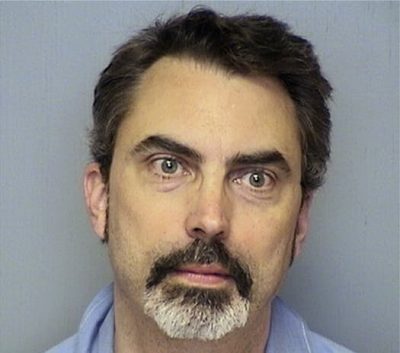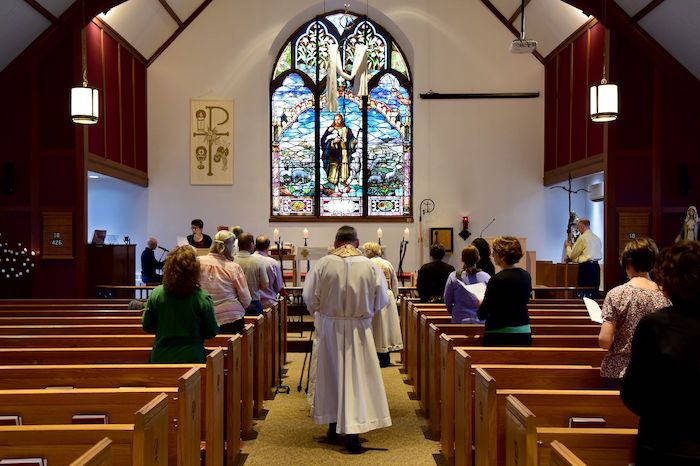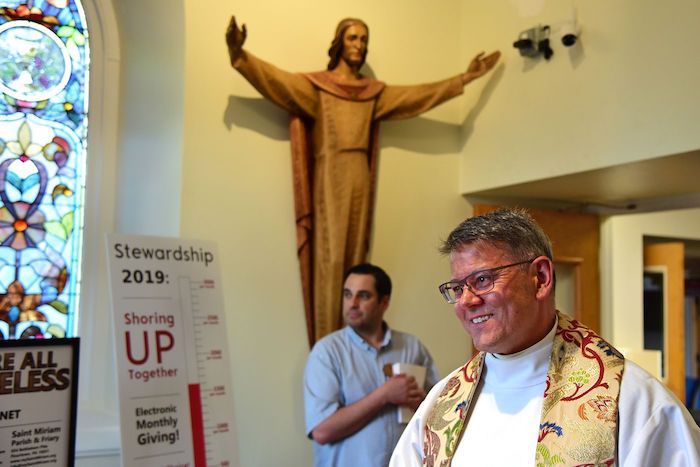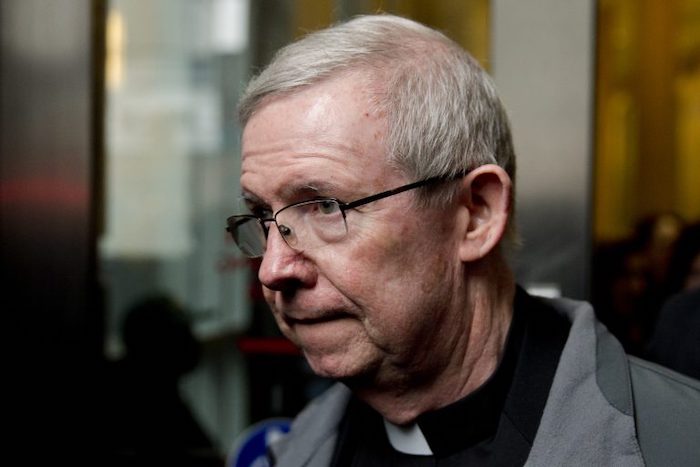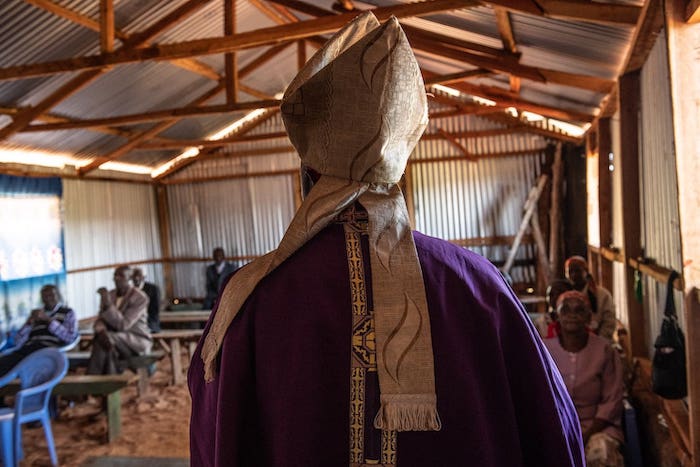
By Max Bearak
He was a priest just out of seminary. She was a nurse. They were both from the slopes of Mount Kenya, but their paths improbably crossed in Rome
He became unshakable in his desire to marry her, even though he had taken the Catholic Church’s mandatory vow of celibacy for priests
When he returned to preach in Kenya, Peter Njogu was shocked when fellow priests told him that many of them had broken that vow, marrying and having children. In hushed tones, they spoke of their “secret families,” kept hidden in distant homes. The thought of doing so pained him
As the Catholic Church goes through a global crisis brought on in part by the revelation of widespread sexual misconduct by its clergy, self-proclaimed Bishop Njogu believes he has figured out how to save Christianity’s largest church from its own sins: Let priests marry and raise families.
Njogu’s breakaway faction, the Renewed Universal Catholic Church, is Catholic in every way except in having optional celibacy for its priests. Its growth in Kenya is rooted in opposition to the practice of keeping secret families but reflects a growing worry among some Catholics that the celibacy requirement — to many an nonnegotiable tenet of the priesthood — creates a harmful culture of sexual secrecy.
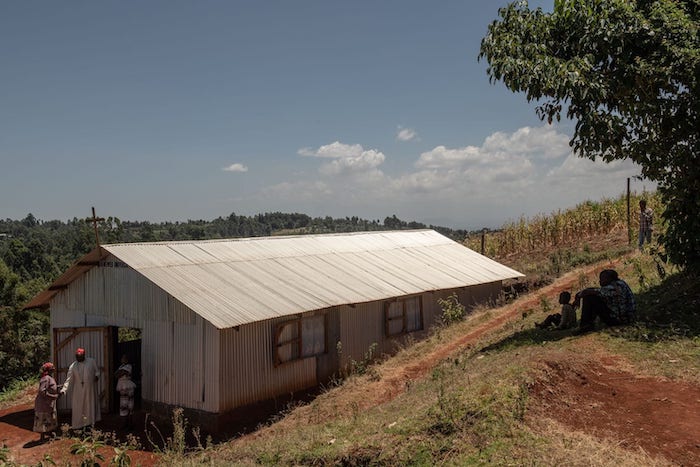
The Vatican has shown no interest in reexamining the issue for all priests, and Pope Francis has called celibacy a “gift to the church.” But the pontiff has also signaled that he is open to ordaining married men in remote parts of the world with a severe shortage of priests. More radical voices in the church have called for the church to rescind the requirement altogether.
“Most of our members are ex-Catholics,” said Njogu. “They are tired of the hypocrisy. Some of our people call us the ‘Church of the Future.’ ”
Nearly 20 priests and more than 2,000 parishioners have joined Njogu since 2011, he claims, mostly in the towns and villages that dot the fertile slopes of Mount Kenya, the 17,000-foot-high extinct volcano right in the center of this country.
“Now that I’ve come out, these other priests tell me, ‘The problem with you is you went public,’ ” he said on a recent Sunday after celebrating Mass. “And I say, ‘I am not the problem; I am the solution. Join me.’ ”
To his flock, he said: “This is where you find your freedom from all that hypocrisy.”
The church in the hilltop village of Gachatha where Njogu preaches his reformation is a far cry from a cathedral. The pews, pulpit and church itself are all made of wooden planks nailed together. The floor is sawdust atop dirt. On a clear day, the ice-capped peak of Mount Kenya glimmers through a glassless window.
While Catholicism has declined in numbers in some former bastions in the West, such as Ireland, it is growing more rapidly in Africa than anywhere else. Africans make up nearly a fifth of the world’s Catholics. Njogu’s sermons hark back to Catholicism’s pre-celibacy era while appealing to the faith’s future in Africa, where he believes it will have to reconcile with local customs as it grows.
“No one in the Vatican understands the African soul. They do not understand that for the African man, priest or not, the worst sin is to leave this world without siring a child,” said Njogu. “Mandatory celibacy is thus the root of priestly sin, but they pretend all is well while their house is burning to the ground.”

The Catholic Church excommunicated Njogu after he defected for alleged “unbecoming behavior,” including purchasing land and speaking openly about his intention to marry Berith Kariri, who remains his wife.
“These priests are not sincere, they are pursuing personal interests,” said Father Daniel Kimutai Rono, general secretary for the Kenya Conference of Catholic Bishops. “There is nothing about ‘African-ness’ or ‘European-ness.’” The vow of celibacy, he said, “is about the vocation, about the call to serve God and the sacrifice which entails in serving God.”
Dozens of Njogu’s followers said in interviews that they left the mainstream church because they doubted their former priests’ devotion to the vocation.
“As a parent, I had to fear that a priest would impregnate my daughter if I took them to my old churches,” said Margaret Kimondo, who was one of Njogu’s first converts. “In front of the altar they may look one way, but at night, you don’t even want to hear those stories.”
Philip Muiga, 78, had been a Catholic priest for decades before joining the Renewed Universal church last year.
“One day I met a priest in the street who I have known for a long time, and he was drunk,” he said. “When I went home and looked at myself in the mirror, I just saw darkness. I could not justify continuing to call these men my colleagues.”
Rono, who represents the Kenyan Catholic Church, denied any sort of systemic abuse or existence of “secret families” but acknowledged a global churchwide “trend of infidelity to the priestly vocation” and said priests should avoid any kind of “coverup.” The Vatican deferred to its Kenyan representatives for comment.
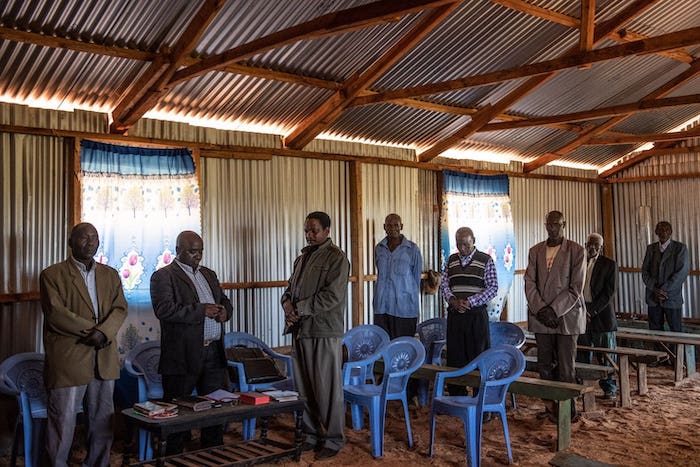
Celibacy has been expected of Catholic priests since its origins in the first century after Jesus Christ’s death, but the 12th-century imposition of a celibacy vow was necessitated primarily by a priesthood that had begun using the church as a family business, said Chris Bellitto, a professor and church historian at Kean University in New Jersey.
“Priests were handing their parishes along to their illegitimate sons as if they were training them as cobblers, who inherited your shop and tools when you died. This complicated the integrity of the sacraments — what if the son didn’t have a vocation or disposition as a spiritual leader? — and the independence of the church, since the bishop was supposed to be naming parish priests,” said Bellitto.
But the vow always seemed at odds with certain parts of the Bible’s teachings, leading many within the church to question its purpose. Njogu’s faction is certainly not the first to try charting a new course without the celibacy vow, said Kim Haines-Eitzen, a historian of early Christianity at Cornell University.
“In Catholicism, there’s always been a pronounced preference for asceticism to prove devotion. But how do you square that with, say, ‘be fruitful and multiply,’ from Genesis? Are priests expected to be separate from all other humans?” she said.
That enforced detachment from the lives of their flock is what drives priests in Kenya to adopt “secret families,” said Father Matthew Theuri, 73, who was a catechist for nearly four decades before joining Njogu’s church as a priest. But it also presents a quandary in being a good priest, he said.
“Our churchgoers come to us with questions about wayward children, trouble paying school fees, marital issues — how can we help them if we know nothing of that life?” he said, while sitting at home with his wife, Jane, and two of his grandchildren.
After Njogu’s Mass on a recent Sunday in Gachatha, Joseph Macharia, a coffee farmer, said he thanked God every day for the new church.
“This is a more open way of being,” he said. “The others, the ones who keep secret families, they come to the pulpit to lie. Maybe they think we are stupid.”
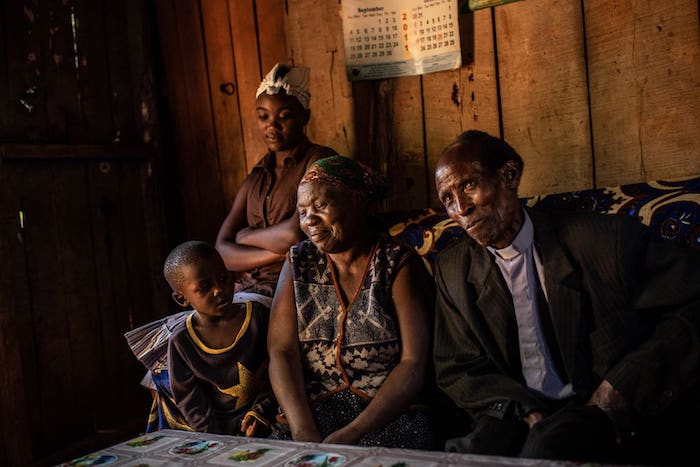
Complete Article ↪HERE↩!


